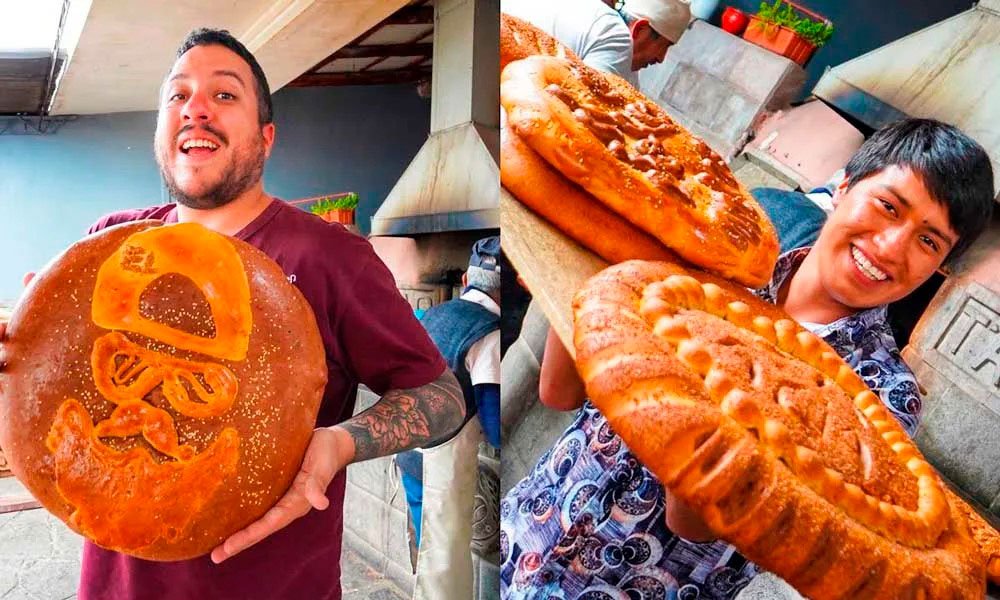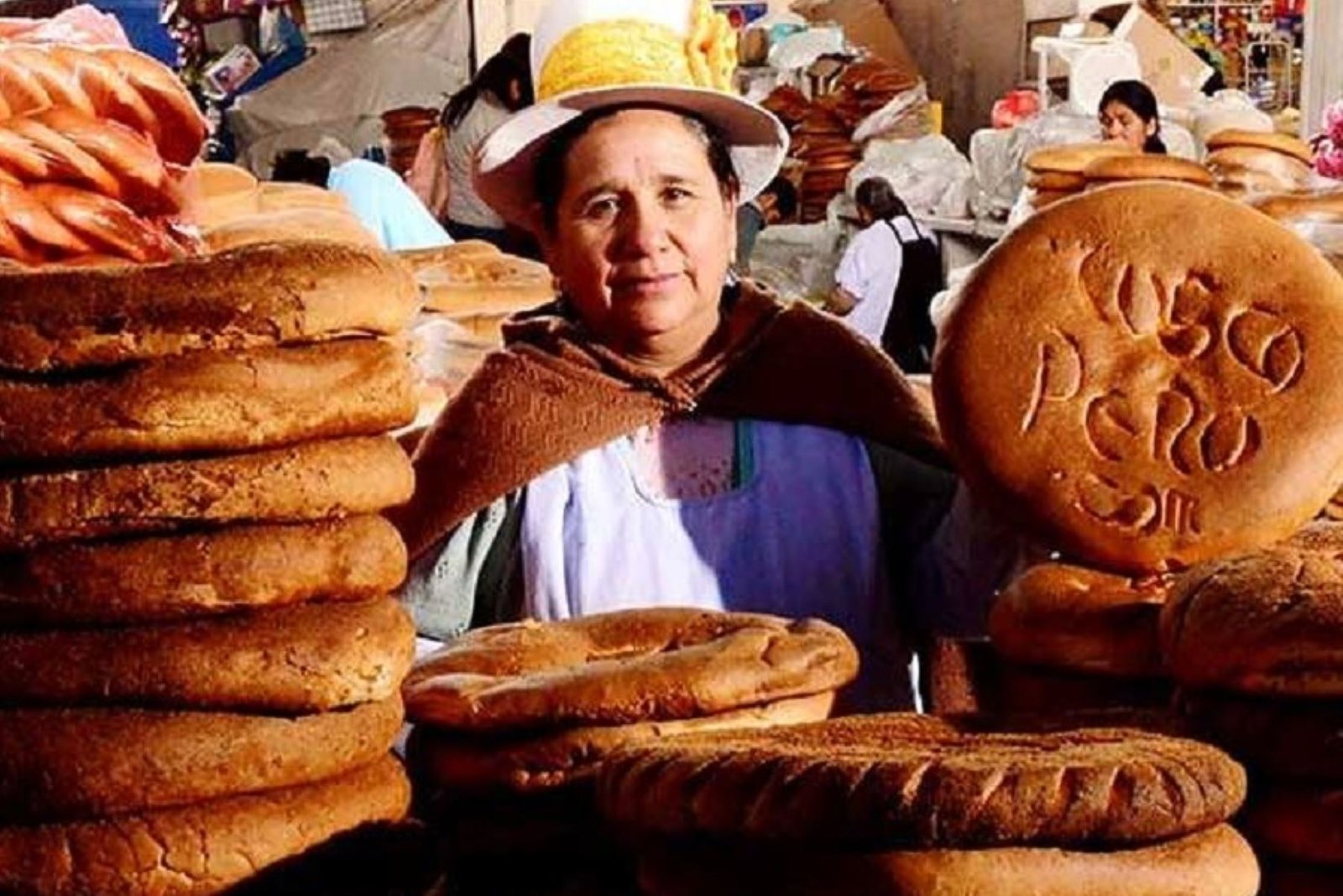Cusco-style Chuta Bread
Cusco-style Chuta Bread

If you are a tourist, you have probably seen this traditional bread with curiosity, and if you are from Cusco, it has probably been part of your breakfast or lunch more than once. Cusco is full of stories and legends. Discover the details of Pan Chuta Cusqueño in this blog.
What is Pan Chuta Cusqueño?
Unlike Huaro bread, a traditional Cusco bread, Pan Chuta Cusqueño is characterized by its exuberant size and exquisite flavor. Its shapes, textures, and dedications can vary according to the occasion (you can customize your bread). It is undoubtedly a recipe that blends Andean mysticism and colonial customs, originating with the arrival of wheat in Cusco in the 16th century by the Spanish colony.
Where can I find Pan Chuta Cusqueño?
You can find it in the traditional markets of Cusco, at bus terminals (due to the custom of bringing home a good souvenir, and what better than a traditional bread of this magnitude), and another place where you can find it is south of Cusco in the Bread Capital, Oropesa.
Located about 25 km from the city of Cusco, in the province of Quispicanchis and the district of Oropesa, you will find countless artisan and traditional bakeries. If you go by car, you will spot them by their unique appearance. Some interprovincial buses make stops there, and you can purchase them.
On the other hand, it is possible to get there by public transport. Buses leave from the station on Huayruropata Avenue. Take a bus bound for ‘Urcos’ and get off before the end of the line (you can ask for directions once you are close). You will know you are there by the unmistakable smell of bread.
The ingredients and artisanal production make it different from Pan Chuta Cusqueño, and believe it or not, it is different from rejillas, molletes, and other varieties of bread.
Story: Legend of the Baker Boy
It is said that a boy used to go around the bakeries in the district of Oropesa helping the master bakers knead the bread and then take it to sell, but the boy would get distracted playing with the local children and end up giving the bread away to them.
When the bakers demanded the profits from the sale, the boy explained what had happened, and before they could scold him, the money miraculously appeared.
The curious thing is that no one in the district knew who this boy was, where he came from, who his family was, or where he lived. Shortly afterwards, he disappeared. They heard nothing more about him until, during a procession of the Virgin of Carmen (held in July), they noticed with amazement that the mysterious boy was in the arms of the Virgin. They say he had the same face, and since then they have called him the Baker Boy.

Interesting Facts:
- There is a festival called T’anta Raymi. It has been celebrated every October since 1993. During this celebration, food fairs are held that highlight the iconic Pan Chuta. Creative contests are also held, highlighting bread shapes. There are also traditional dances and the baking of a giant Pan Chuta.
- The Chutatón, as you can imagine, is a perfect combination of Christmas celebrations and traditional Pan Chuta, a Cusco delicacy for this time of year. The traditional breads will have additional ingredients such as raisins, candied fruits, and Christmas flavors. Just imagine eating it with a hot Quillabamba chocolate!
- Another variation in shape and presentation is in November, when they are made in the form of the famous T’anta Wawas, which can be in the form of little horses or dolls (there are more variations to choose from) accompanied by sprinkles.
If you decide to visit family in Cusco, be sure to buy one at the departure terminal before leaving Cusco. It is a nice tradition with deep family significance. On the other hand, if you are on vacation, be sure to buy one at a traditional market and try it.
